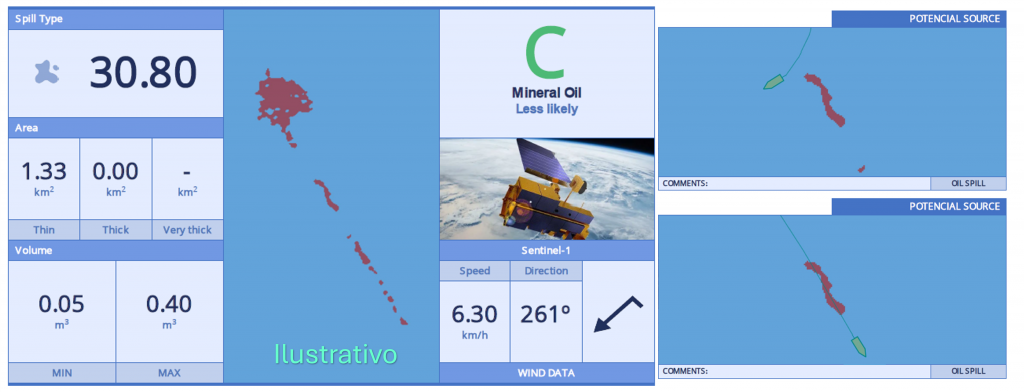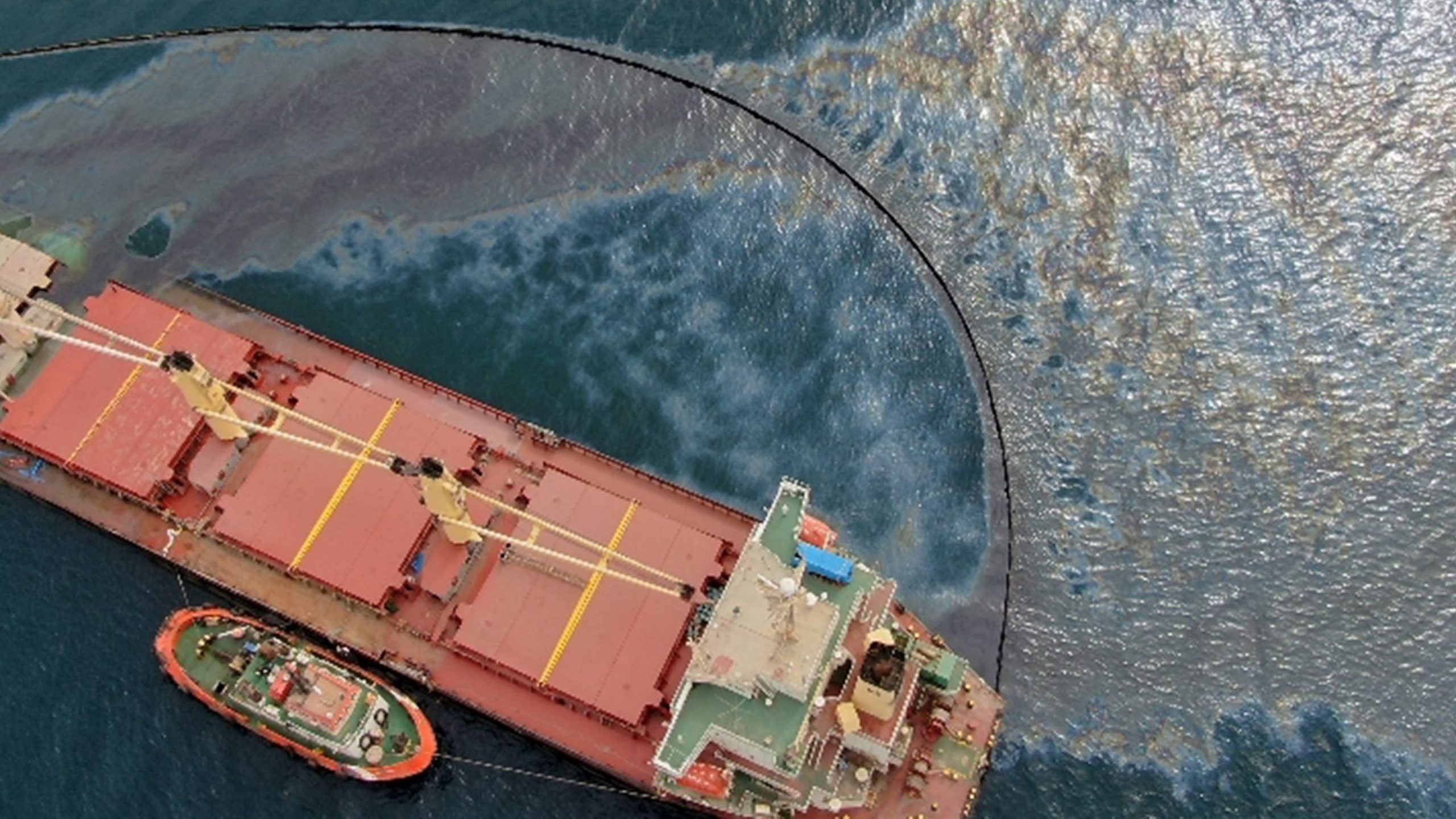According to information from UNEP (United Nations Environment Program), most of the 2.1 million tons of oil spilled at sea each year go undetected. The lack of awareness is mainly due to the limitations of the technologies used so far to survey areas of the ocean and detect oil spills with sufficient accuracy and reliability. This fact is of particular general interest in port enclaves due to the high concentration of maritime traffic, the activity of oil terminals and hydrocarbon transfer facilities operating in them and the bunkering services provided to ships. In this sense, it is necessary to have appropriate means to obtain early warnings of these incidents and to minimize their impact on the environment, society and the economy.
For this reason, the APBA has decided to invest in the implementation of the Ziday pilot project to develop an intelligent tool for the early detection of oil spills on the sea surface, their characterization, the investigation of possible ships that could be the cause of such pollution incidents, but also for the detection of sewage spills in the port environment.
The project has been developed by the companies Híades, a Spanish company dedicated to technological consultancy specializing in digital and innovative solutions for the maritime and port sector, and Orbital EOS, a Spanish start-up founded by experts from the Spanish Agency for Maritime Safety and Rescue (SASEMAR), with experience in the design of technological solutions based on the analysis of satellite data and remote sensing stations.
It should also be noted that this initiative was the winner of the 3rd Travesía de la Innovación Ideas Contest in the “best innovative external idea” category. The pilot project was financed by the APBA, thus demonstrating the organization’s commitment to channel innovation through an open model whereby the port-logistics business benefits from any innovative initiative with a high impact on its activity.

The scope of the pilot project consisted of validating the use of a digital management and decision support tool for the control and monitoring of the marine environment, through the observation of the sea surface via satellite images; and with the aim of identifying stains associated with the spill of oil products and the discharge of sewage in the waters of the Port of Algeciras. The treatment of these images with the application of machine learning models has allowed the identification of potential spills in addition to characterizing the type of product, in the case of hydrocarbons. On the other hand, the integration of AIS data, on the geographical positioning of ships, provides information with which to clarify the possible causes of maritime pollution incidents by being able to analyze the trajectory and maneuvers of ships.
In addition, the pilot project has made it possible to identify existing limitations such as those caused by the characteristics of the optical sensors used, the inconveniences generated by adverse weather conditions such as the presence of clouds or wind in the case of SAR analysis or the frequency of the satellites used for detection.
Finally, it should be noted that the developed platform also contains automatic notification and reporting functionalities in order to facilitate the rapid implementation of control and protection measures for the physical environment.
The project’s innovation:
- Integration of products based on satellite imagery analysis with a Fiware-based digital platform, enriched with AIS data analysis, enabling the understanding of vessel maneuvers to investigate and prevent marine pollution events.
- Enhancement of existing detection algorithms to improve applicability and robustness against various adverse environmental conditions.
The project’s product:
- Prototype of a functional continuous monitoring system that processes satellite images to identify ocean slicks, detecting oil and wastewater spills in the operational areas of the Port of Algeciras Bay.
- Advanced control panel that allows visualization of the geometry and location of detected spills, along with their specific characteristics (including actual satellite images, affected area, thickness, etc.). In addition, it provides automatic alerts notifying relevant stakeholders of spill detection.
- Exportable report generation system detailing the possible causes of detected incidents.




Leave a Reply